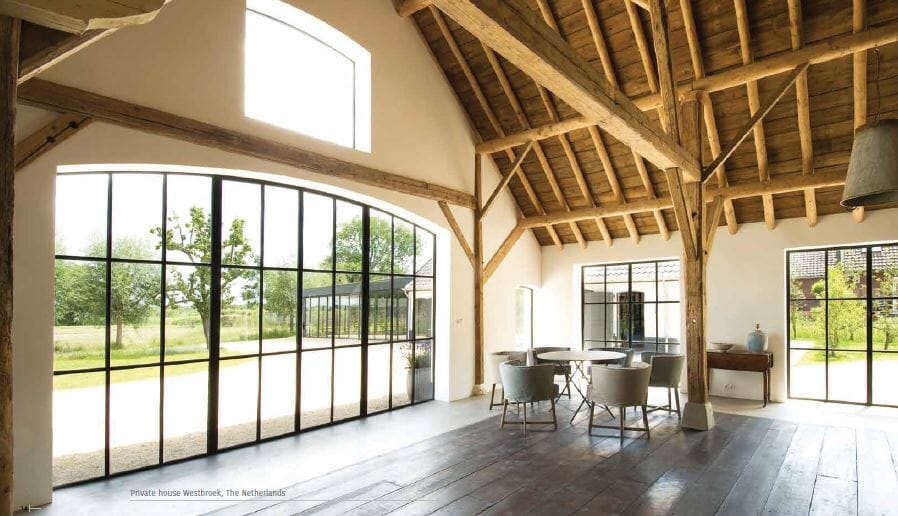
Are Heritage Style Steel Windows Compliant With Building Regulations?
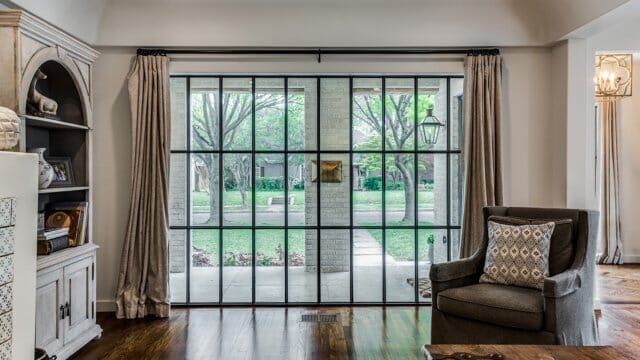
Heritage style glazing has become a defining detail of both traditional restorations and contemporary architecture. The slender sightlines, steel frames and grid patterns recall a period of craftsmanship that still appeals to architects and homeowners today. But as building standards evolve, one question persists: are heritage style steel windows still compliant with modern Building Regulations?
The answer depends entirely on what products you specify.
The compliance challenge
Original steel windows – and many early reproductions – were designed for an era before energy performance or airtightness were part of the brief. Single glazing, conductive frames and limited weather seals meant high heat loss and condensation. Beautiful, yes. Compliant? Not anymore.
Today, Part L of the Building Regulations sets stringent limits on energy efficiency. Windows and doors must achieve specific U-values to reduce carbon emissions and maintain comfortable interior environments. For most pre-2000 steel glazing systems, those figures are unattainable without fundamental redesign.
For architects, designers and home owners, understanding the regulatory landscape is critical – see our guide to Understanding Building Regulations for Windows for current performance thresholds and testing standards.
Why heritage style glazing systems can fall short
Traditional Crittall-style steel frames are narrow and elegant but also highly conductive. Even when double-glazed units were introduced, early designs often failed to maintain continuous thermal breaks or sufficient cavity depth for compliant glass. The result was high U-values, draughts and poor condensation control – all issues now unacceptable under steel windows Part L compliance testing.
For architects working on listed buildings or conservation projects, this creates a dilemma: how to retain the authentic look of steel glazing without breaching regulation or planning conditions.
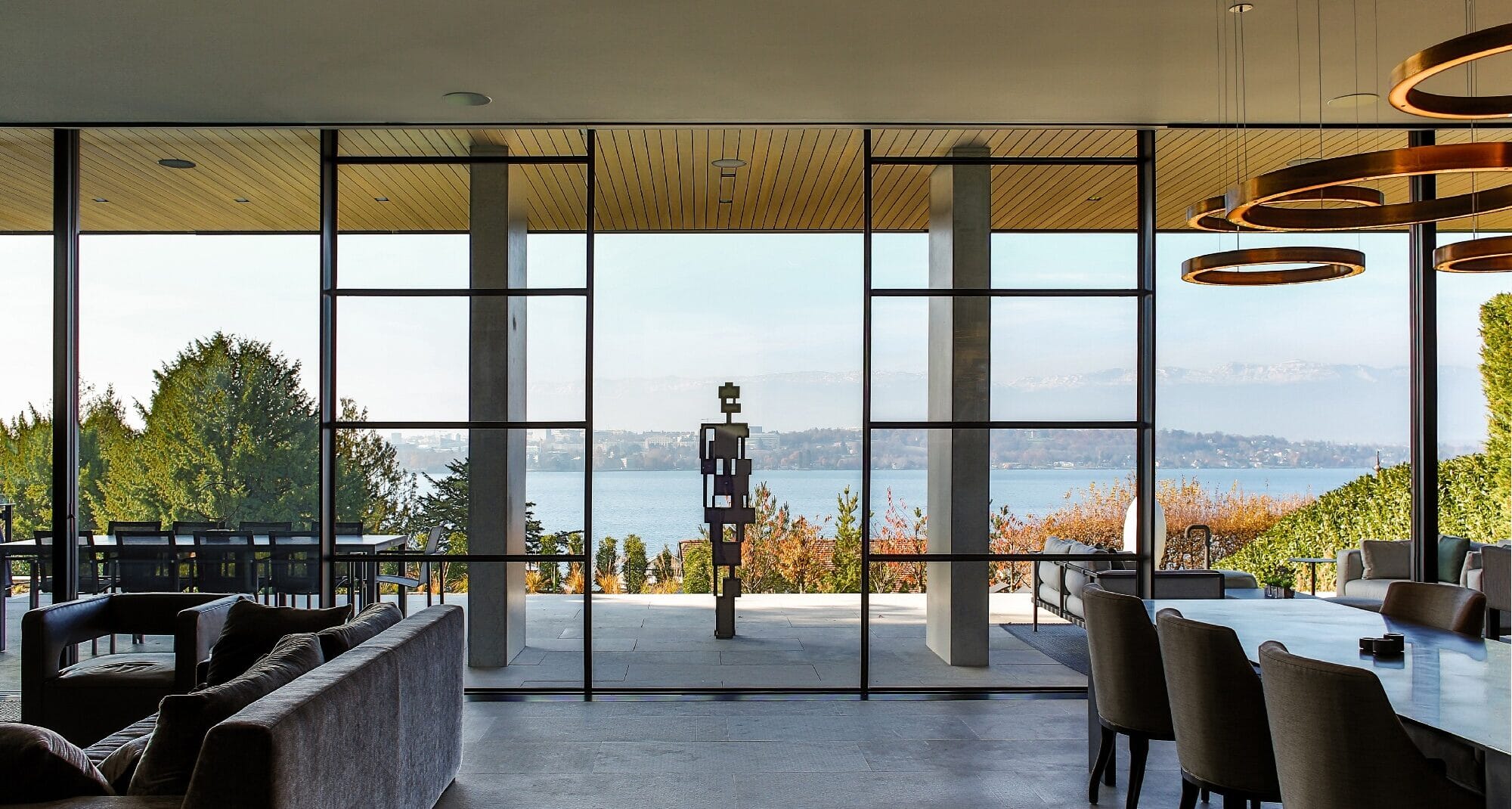
Engineering the modern alternative
This is where innovation in heritage style glazing has transformed the market. Manufacturers such as MHB Steel Windows & Doors have developed thermally broken profiles that replicate historic sightlines while achieving exceptional performance.
MHB Steel glazing systems feature:
- A patented thermal break – innovative technology within the steel profile to reduce heat transfer and enable compliance with building regulations.
- High-performance double or triple glazing – for supreme comfort within the home.
- Ultra slim profiles – handcrafted and welded to maximise steel’s inherent strength and elegance.
- Advanced perimeter sealing – for exceptional airtightness and water resistance.
- Precision fabrication – to ensure consistent tolerances for compliant installation.
These refinements allow the slimmest possible frames to meet – and often exceed – Part L requirements, enabling architects to specify steel with confidence.
Steel window alternatives and why they differ
The rise of steel window alternatives such as aluminium “steel-look” systems has widened options but blurred distinctions. While aluminium can mimic the grid pattern of traditional steel, it cannot fully replicate its material strength or refinement of proportion.
Aluminium systems often rely on heavier profile sections, which changes the slimline aesthetic that defines true heritage glazing. They can be a cost-effective route for smaller projects, but for high-value homes or sensitive restorations, authentic thermally broken steel delivers both accuracy and longevity.
For a more in-depth look at why architects today are specifying modern-day steel frames over aluminium, read our feature on Why Steel Windows Are Back In Demand for Modern Heritage Homes.
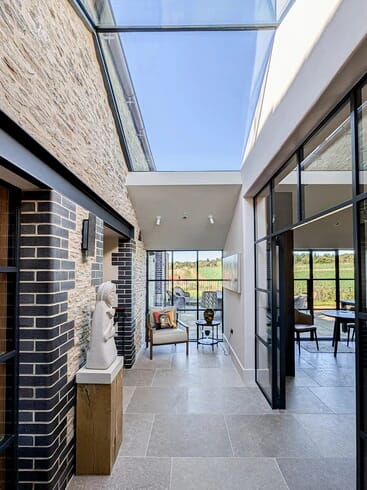
The role of testing and certification
Part L compliance is performance-based, not material-based. In other words, any window – steel, aluminium or timber – can comply if it achieves the required U-value and airtightness levels when tested as a complete system.
For MHB Steel, this is standard practice. Each system is independently tested to ensure compliance across all configurations. That level of documentation is essential when submitting building control or planning applications involving heritage style glazing in conservation areas. To find out more about compliance in heritage glazing, take a look at our Guide to Calculating U-Values in Windows.
Steel: a stylish and sustainable choice
The best contemporary systems balance aesthetic integrity with environmental responsibility. They preserve the visual language of early steel windows – the refinement, the style, the proportion – while aligning with the principles of sustainable construction.
For homeowners and developers of luxury residences, this is where steel truly shines. The combination of precision engineering, longevity and recyclability makes it a sustainable long-term choice.
As discussed in our article on The Evolution of Heritage Steel Windows, steel’s journey from industrial origin to architectural luxury is defined by its ability to adapt. Compliance is simply the next step in that evolution.
Why specification matters
For architects, it is important to understand the parameters of different heritage glazing systems early on in the design process: specify the correct system, glazing type and thermal break strategy at design stage, and compliance follows naturally. Attempt to retrofit compliance later, and compromises multiply.
Working with a specialist supplier such as Cotswold Windows ensures those details are resolved from the outset. We can guide architects and specifiers to the most beneficial outcome when choosing glazing systems. And our partnership with MHB Steel means designers have the freedom to meet both design vision and regulation when it comes to heritage style glazing projects.
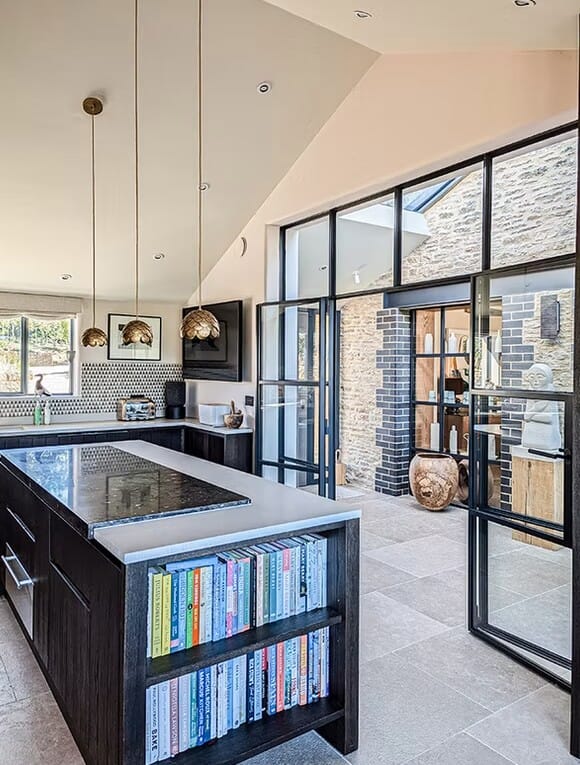
Specifying steel glazing for your next heritage project?
Heritage style glazing can absolutely meet Building Regulations, when it’s engineered for today’s requirements. If your project demands the elegance of traditional steel with guaranteed compliance, our team can help you specify the right system, from concept to completion.
Contact Cotswold Windows to discuss your next heritage style glazing project.
